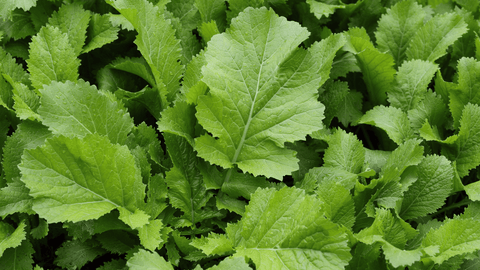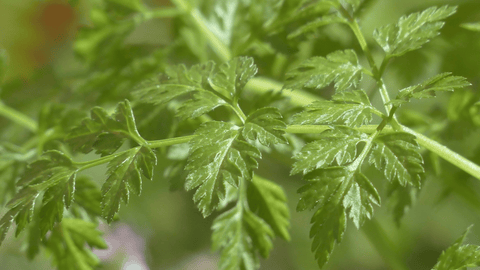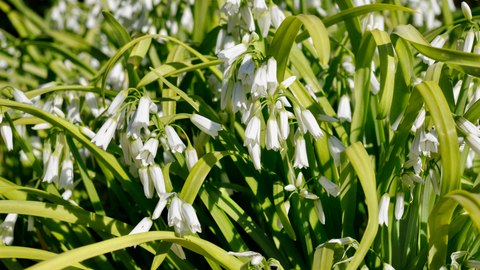Calendula Flowers

Supplied by the inspiring duo - Adam and Sinead - from their agro-ecological farm called Aweside in East Sussex
Suggested uses:
Wash well before use:
Add petals raw to salads to decorate and add additional pigments to your diet.
Add petals to hot water and allow to steep for 15-20minutes to make an infusion that can be drunk as a tea. Add some honey to taste if that's your thing!
More detailed info:
Written by Guest Collaborator: Gee Derrick
Calendula (calendula officinalis) is an annual herb, cultivated all over the
world. Its yellow and orange flowers - like little pieces of sunshine- open up when the sun rises and close as it sets. Likely, what inspired Culpeper (1653) to call it a ‘herb of the sun’, and Shakespeare to write about it…
‘The marigold goes to bed with the Sun,
And him rises, weeping’
Calendula is also known as marigold, or pot marigold, due to its use in church festivals in the middle ages. However, it’s a different species to the marigold (Tagetes genus) that we often find in garden centres. It was one of the flowers dedicated to the Virgin Mary, with one of its common names being ‘Mary’s gold’.
They are considered sacred flowers in India and have been used to
decorate statues of Hindu deities.
In South America, Aztecs and Mayans used the flower in their ancient ceremonies, and the flowers are still used on the Day of the Dead in Mexico and Central America, to decorate home altars when honouring relatives.
As a culinary herb and spice, it was also known historically as ‘poor man’s saffron’, used as a natural dye, to colour a variety of foods and conserves. Its healing properties were known to old herbalists throughout the centuries.
Ideas / suggestions for use:
Calendula flowers can be had in infusions, as a digestive, or added salads, pestos, kimchi and even, to decorate desserts and cakes, bringing a touch of sunshine to your plate.
They can also be used to flavour and colour rice dishes, as you would use saffron.
How will you try it?






